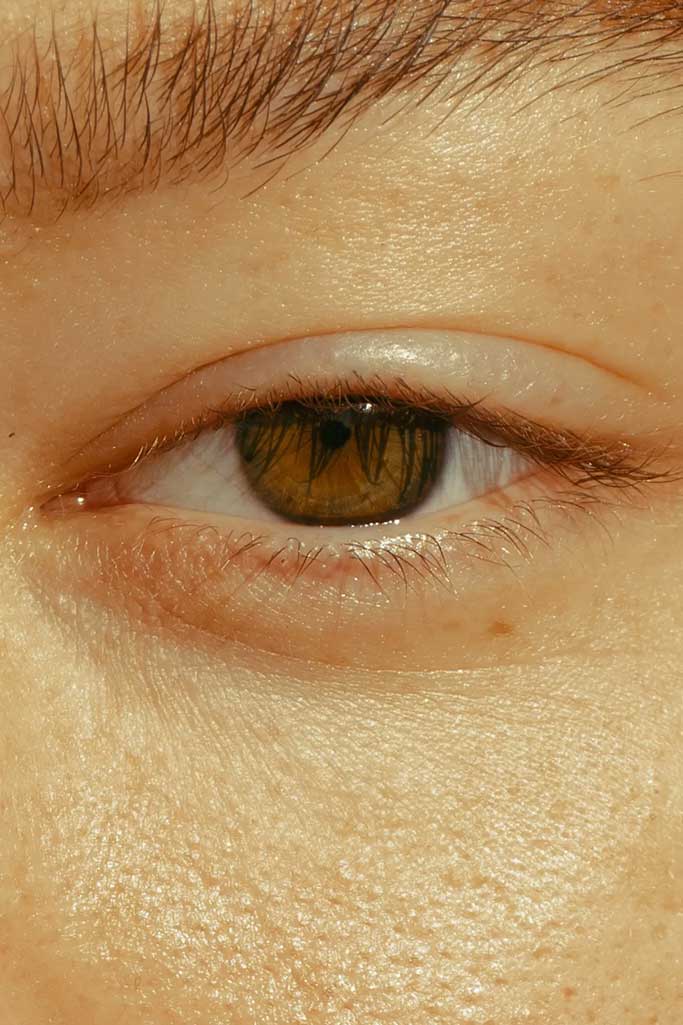
The most common type of eye twitch is a series of muscle contractions called eyelid myokymia, which produces involuntary and intermittent contractions of the eyelid, typically the lower one.
Only one eye is affected at a time because the twitch originates in the muscle surrounding the eye, and not the nerve that controls the blink reflex, which sends the same message to both eyes simultaneously, Dr. Erwin added.
The spasms can last from hours to days to months.
“If the twitching persists for a long period of time, or is accompanied by additional symptoms, it is a good idea to be checked by an eye doctor to make sure nothing else is going on,” she said.
If the twitching spreads to other muscles in the face or if you notice both eyes are twitching at the same time, those are indications of a more serious problem. Other red flags include a drooping eyelid or a red eye.
As for why it happens: “Nobody knows exactly why,” said Dr. Alice Lorch, an ophthalmologist at Massachusetts Eye and Ear in Boston.
Sometimes it stems from a small irritation, for example a contact lens rubbing against the eyelid, she added.
But more commonly, it is stress, lack of sleep or excessive caffeine intake that brings on eyelid twitching, the experts said. Dry eye, a common affliction among those who stare at screens most of the day, is another culprit. Studies have indicated that we blink less when looking at digital devices, which makes our eyes feel dry.
There is no quick fix for an eyelid twitch once it starts, Dr. Lorch said. But artificial tears, eyedrops that lubricate the eye, can help. Ideally, choose ones that are preservative-free, because chemical preservatives can sometimes be irritating. You can also try massaging your eyes in the shower or covering your eyes with a damp, warm washcloth right before bed, she added.
Other preventive measures include getting more rest and reducing stress.
Decreasing caffeine intake can also help prevent eye twitching, because large amounts of caffeine can lead to muscle tension. Having one or two cups of coffee each day should be fine, Dr. Lorch said.
It’s also important to stay hydrated and eat a balanced diet that includes foods high in potassium (potatoes, bananas and lentils are great sources), magnesium (found in leafy green vegetables, whole grains, beans, nuts and fish) and calcium (try dairy, sardines, dark leafy greens or fortified breakfast cereals), since imbalances in these minerals may lead to twitching.
Rarely, eye doctors will use Botox to stop the twitching by injecting a small amount into the orbicularis muscle that surrounds the eyelids, but this is done “only in severe cases,” Dr. Erwin said.
Eyelid myokymia usually goes away on its own without medical intervention, the experts said. For most patients, it’s just a matter of resting, taking steps to reduce stress, lubricating the eye and waiting it out.

